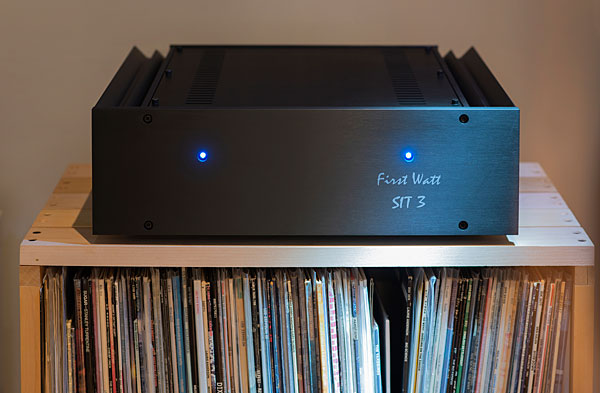| Columns Retired Columns & Blogs |
Off to bad start?, not quite click-bait but compelling.
Well, ok, this seems a thinking man's Amplifier with plenty of personality.
$4,000 while supplies last.
Tony in Michigan
ps. how'd this thing do with Steve G's Klipsch "loud"-speaking" speakers?










































